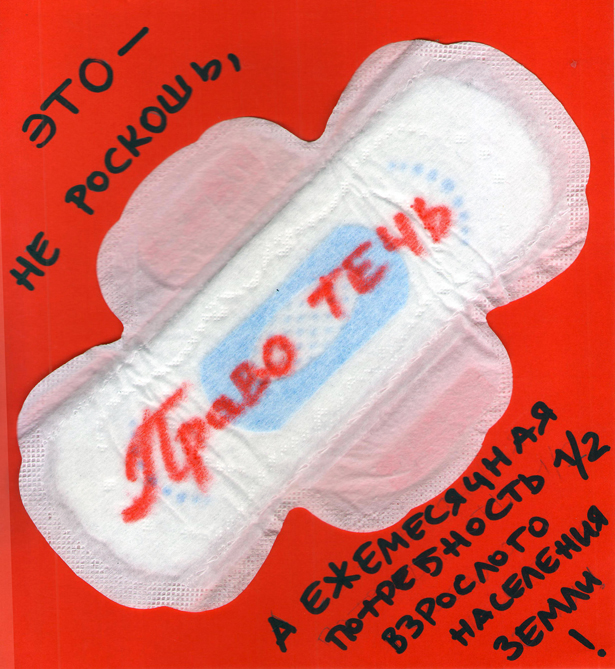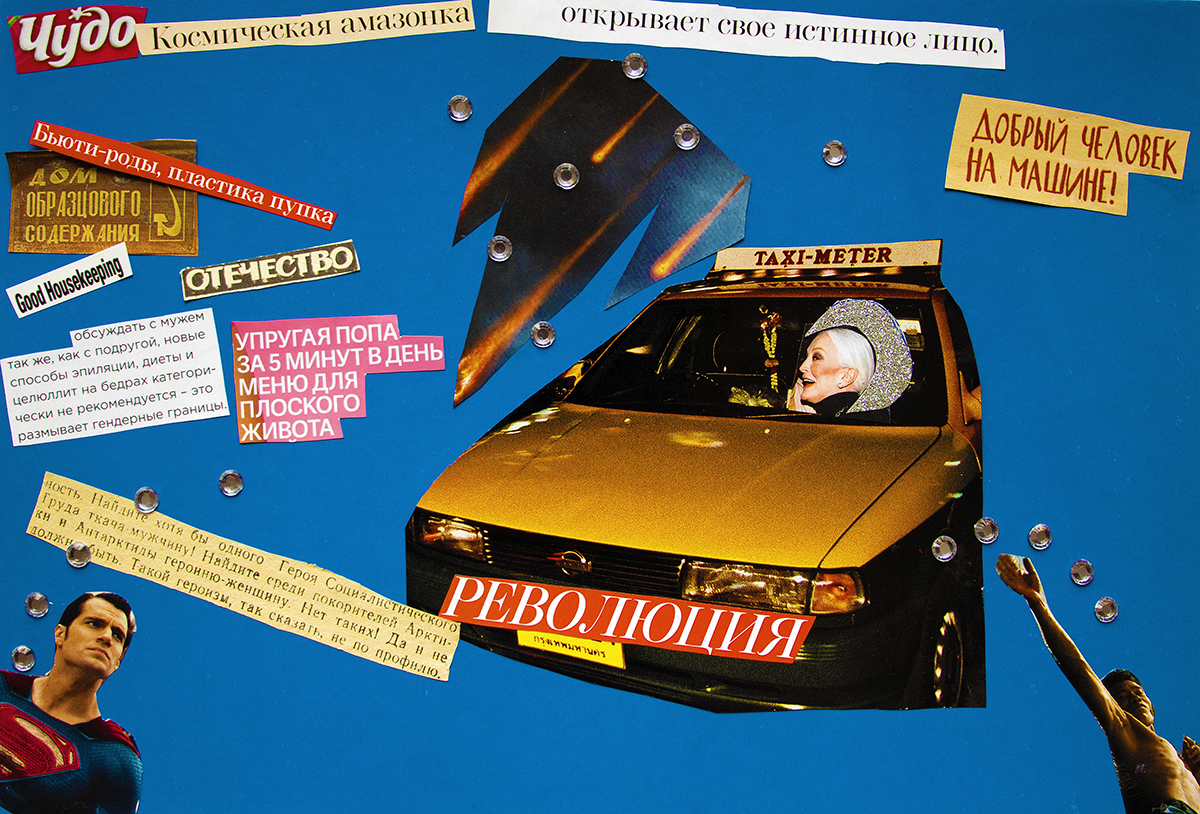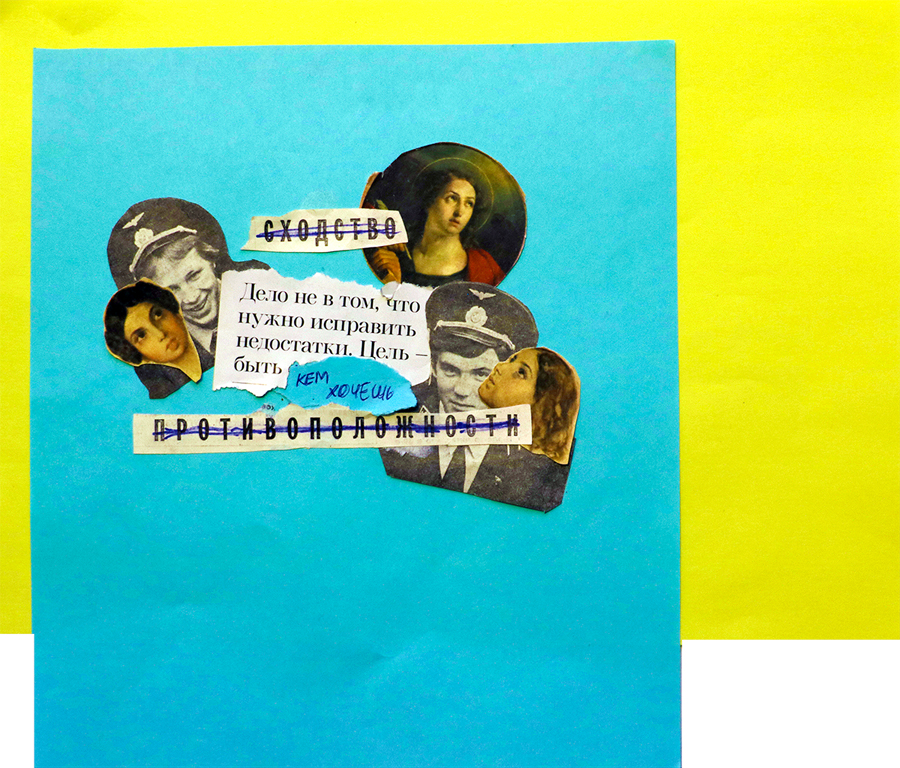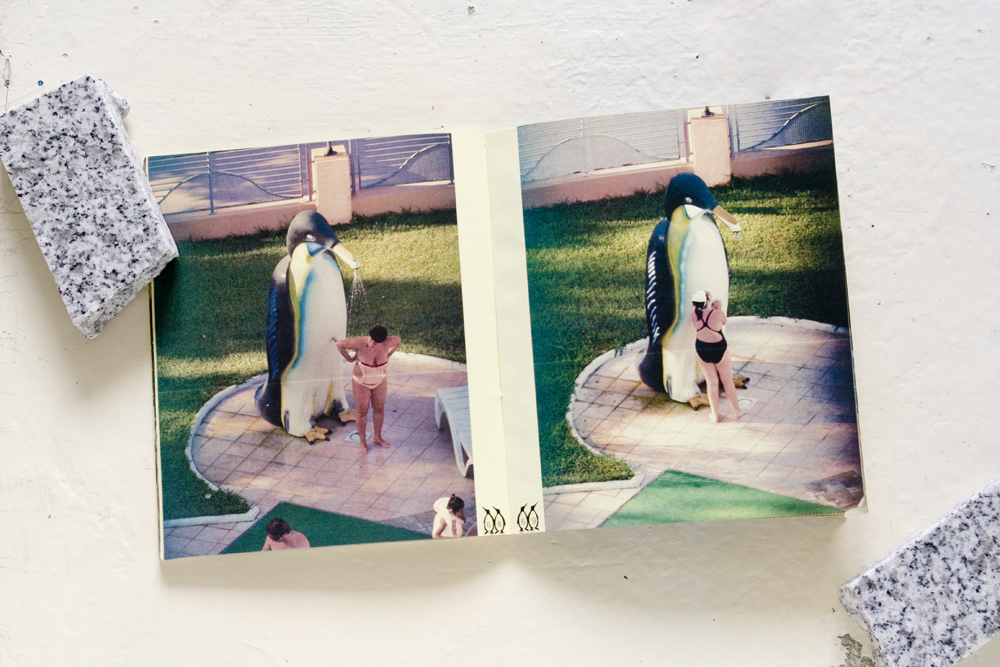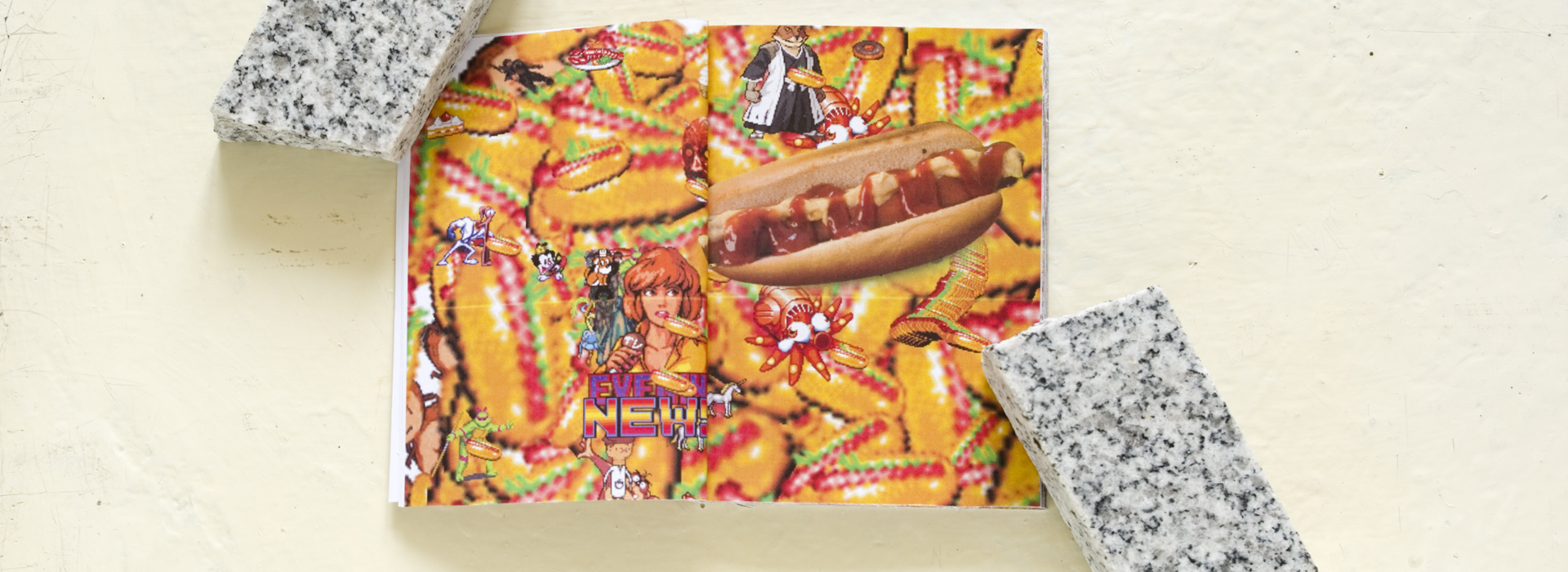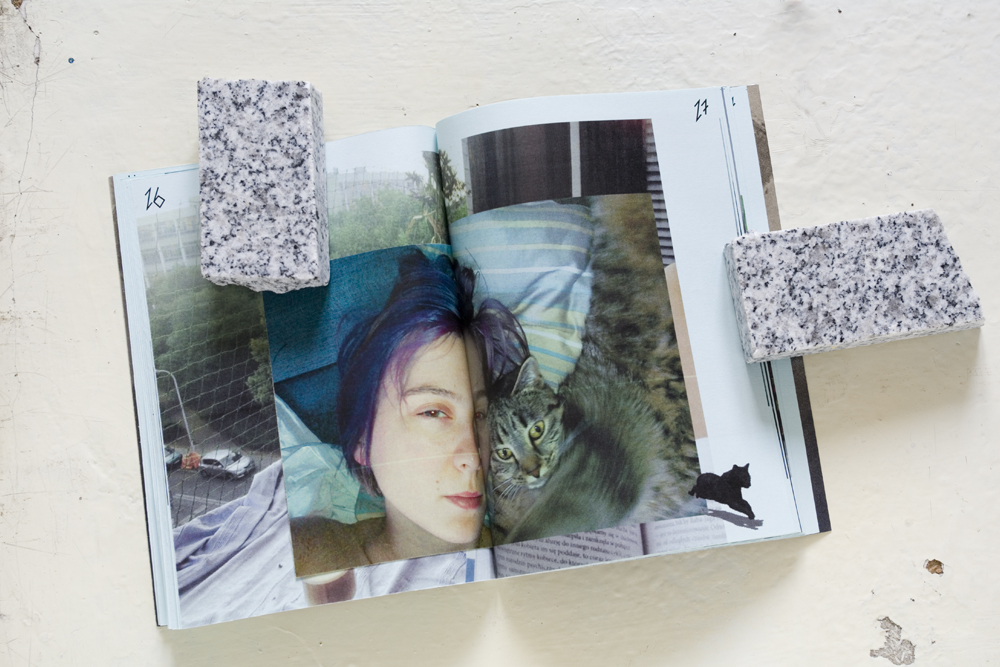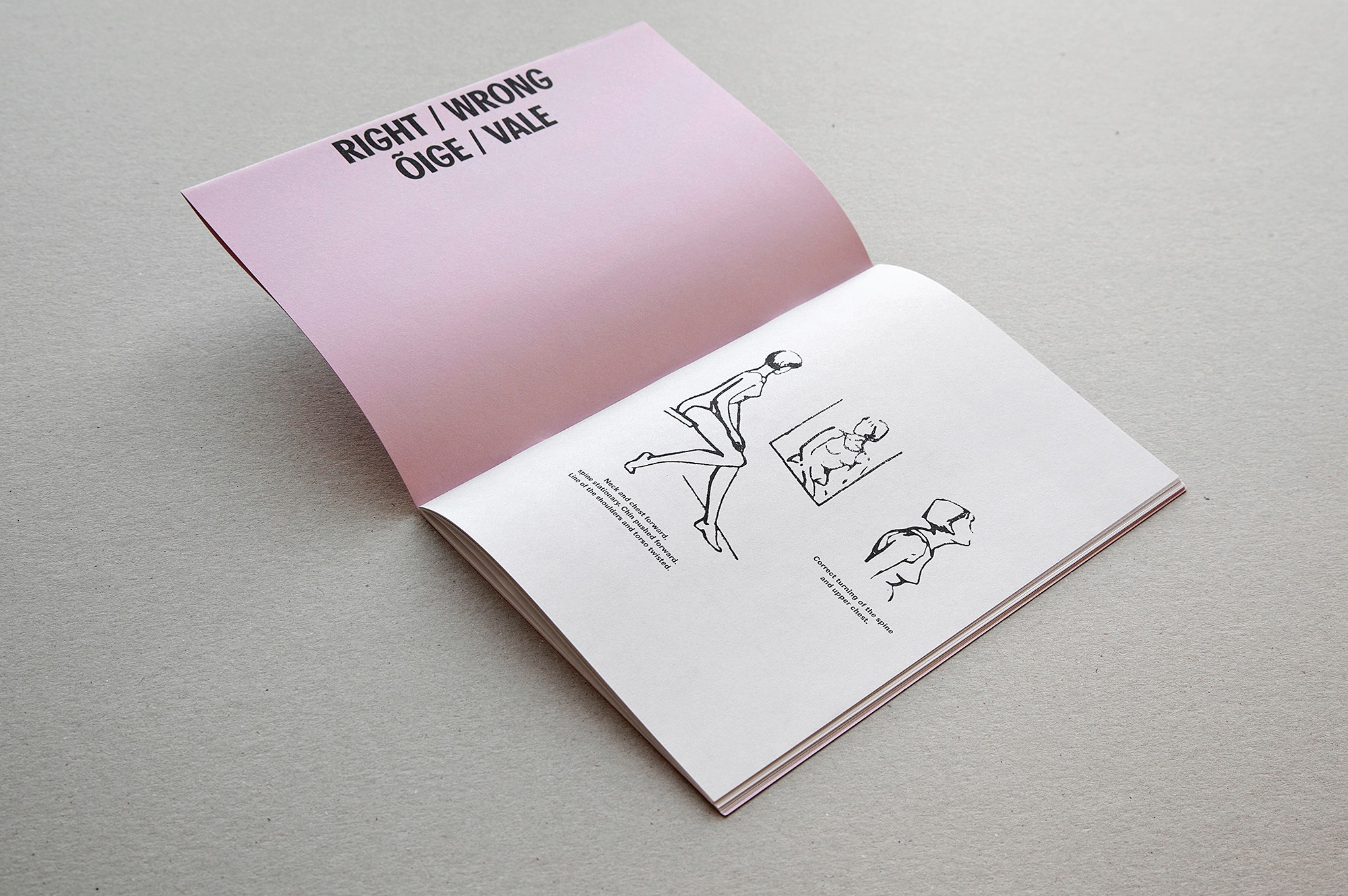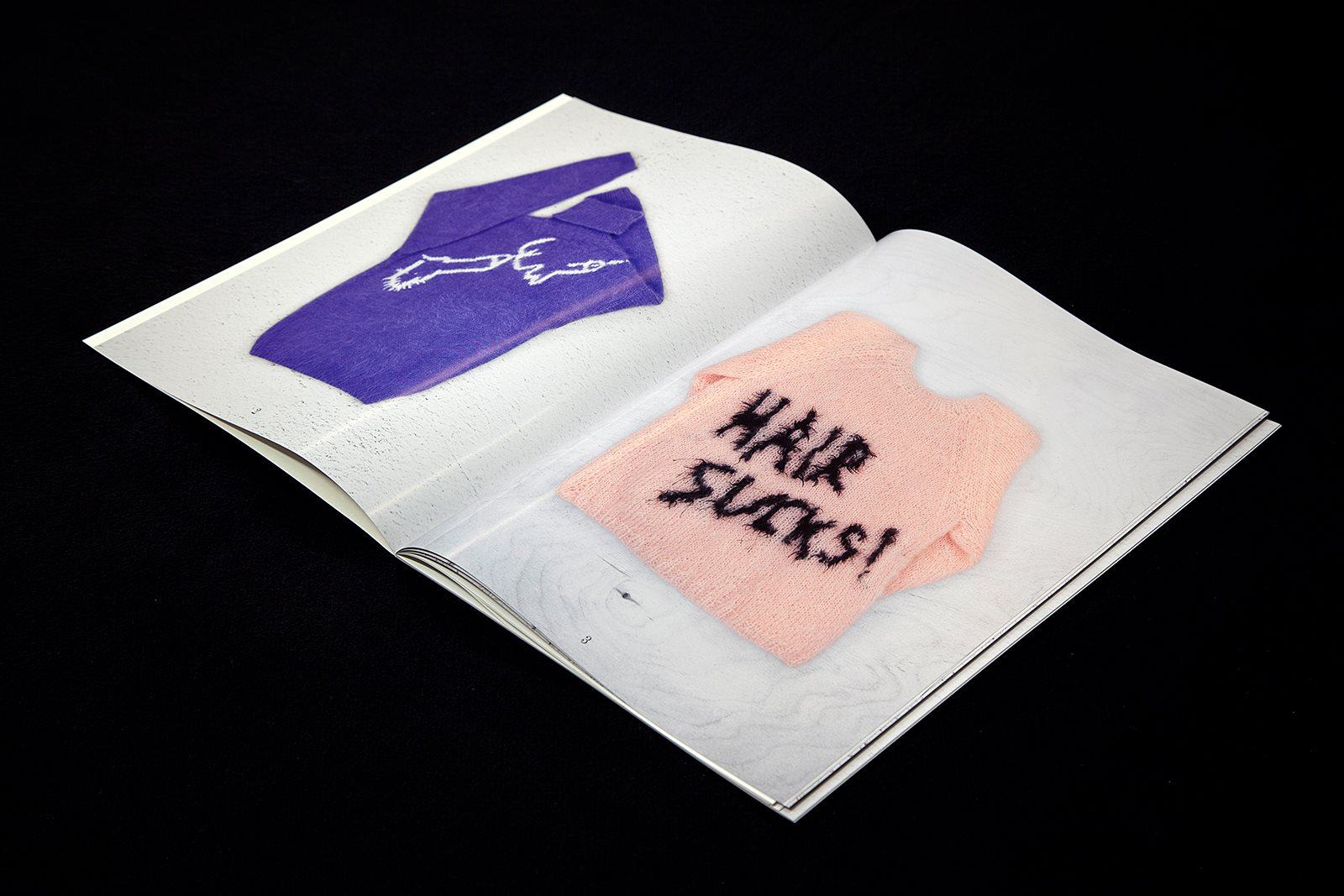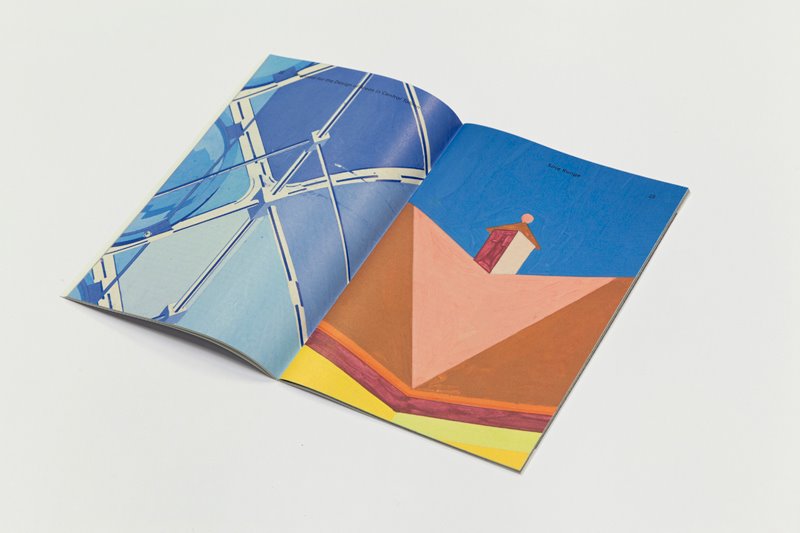New East zines — New East 100
Unlike the West, where independent publishing has long since become the norm, in the New East the industry is only now beginning to thrive. This is a counterculture inspired by freedom: that which you already cherish and that which you have to fight for. While in eastern Europe zine culture represents a logical result of the freedom of speech and press, in Russia and Central Asia it remains a form of counter culture. Zines are usually centred around a niche subject, mixing analogue photography, graphic art and text. Most of them are printed on risograph, the cheapest form of copy machine, one normally used in hospitals to print out subscription lists. The fact that such a niche product emerges from this machine of mass-production is an ironic reflection on post-internet culture. From a feminist Bishkek to meta-modernist Samara, here is our pick of the New East zines that help us understand and embrace the reality we live in.
Reptsa
When it comes to Reptsa, the name speaks for itself: a phonetic variation of “rebzya”, a Russian slang word meaning “friends/guys”. This is an occasional zine about loyalty, to your friends and to the place you live. “I call it a ‘metamodernist hyperlocal zine’ where metamodernist means ‘genuine’. Some people create a cool buzz, but not all of them are really good people. But for me, that is what matters most – to be a good person first of all,” says Sergey Kalabin, the author of the zine. The first edition consisted of only 15 copies printed for close friends, with texts and images which would be almost meaningless to the outside world. The current edition consists of 100 copies of papers and vinyl stickers, wrapped in black aluminium foil and polyethylene: exactly the way you would pack something fragile and precious. Reptsa questions the status quo and focuses on something banal yet genuine that modern society risks missing out on: friendship.
Zoopark
Zoopark magazine is a joint project from Russian artists Tatyana Palyga and Alexander Bondar and Czech graphic designer Monika Dolezalova. A zine on A4 tracing paper, hand bound on a white metal spring, it is reminiscient of a study book, to some extent deliberately so. This is a combination of photos, texts and graphic design studying the emotional interactions we engage in with new places. Tatyana and Alexander have just moved to the Czech Republic. “We tried to interact and play with the new reality around us,” Alexander says. Their natural resistance to the new and a desire to hide away from it is mirrored in their photography showing empty spaces and curtains. Typewritten texts in English and Czech are from their Czech language textbooks.
Cookushka
Cookushka is a Moscow-based community of graphic designers and artists promoting cooking through a series of household events and now zines. Just like “kukushka”, the Russian word for “cuckoo”, the community does not have its home, and migrates from one artistic apartment to another. Cookushka zines are where the community’s talents for cooking and design combine in a naive and easily digestible form. Each issue is either centred around one theme (such as “breakfast”), or one ingredient (such as strawberry, beetroot or lentil). What makes Cookushka cool is the not-for profit spirit and the genuine passion for art and cooking in the community
Weird Sisters
Self-publishing, or “samizdat”, was a big deal in the USSR, the only platform that allowed underground voices to make themselves heard. And although zine making differs from samizdat, the idea of illegal self-publishing on specialist subjects runs deep in the blood of Soviet and post-Soviet people. Mokhira Suyarkulova and Oxana Shatalova from Bishkek started the Weird Sisters queer-feminist zine after encountering routine sexism on Facebook. Many questions around feminism have not yet been explored thoroughly in Russian and Central Asia. For Suyarkulova and Shatalova, producing a zine like Weird Sisters amidst the patriarchal reality of Kyrgyzstan feels like practicing witchcraft in medieval Europe: the name is a reference to the three witches of undefined gander from Shakespeare’s Macbeth. There have been six issues since 2014, three of which were not planned in advance, instead emerging out of live public discussions, or “weird sessions” as they are known. Each issue features transcriptions of talks on feminist issues and collage art created during the weird session in question.
KTRSK
KTRSK is a gateway to the lively world of Polish designer Konrad Trzeszczkowski. The xeroxed pages of his zines sampling digital collages and photography are where profound ideas collide with unsophisticated imagery; for Trzeszczkowski, the zine is not a compilation of “clean” images but of stories with twists to be guessed at. Subjects vary from post-internet existence, careerism and childhood traumas to the documentation of shoplifting, and celebrations of watching TV. “When something amazes me or I find something inspiring, it’s funny but I start thinking how to make a zine out of it,” Trzeszczkowski explains with regards to the variety of topics in his zines. Most of the copies of KTRSK presented at the Moscow Zine fest in April were not on sale: Trzeszczkowski bartered them for local beer. And this carefree attitude is probably what makes his work so appealing.
Lugemik
Lugemik, from the Estonian word for an alphabet book, was founded by photographer Anu Vahtra and graphic designer Indrek Sirkel, and represents a whole new level of niche publishing in the New East. Lugemik shows how an idea can grow from a small initiative to an independent publishing community with an extensive distribution chain in Europe and its own bookshop in Estonia’s Institute of Contemporary Art. Having worked with several cultural institutions in Estonia, Indrek Sirkel started wondering: “how to go about making a book? Should it be a straightforward catalogue or an artist-book? Who should write the text? Should there be a text? How should it be printed?” The answer was Lugemik, where young Estonian designers, artists, photographers and writers give new form to their stories on the uncut, refined or sometimes carton paper. Striking aesthetic choices and deep reflections on social issues give Lugemik zines their distinctive edge; unlike many post-Soviet artistic endeavours, they are also not narrowly focused on issues of national identity.
Text: Masha Borodacheva
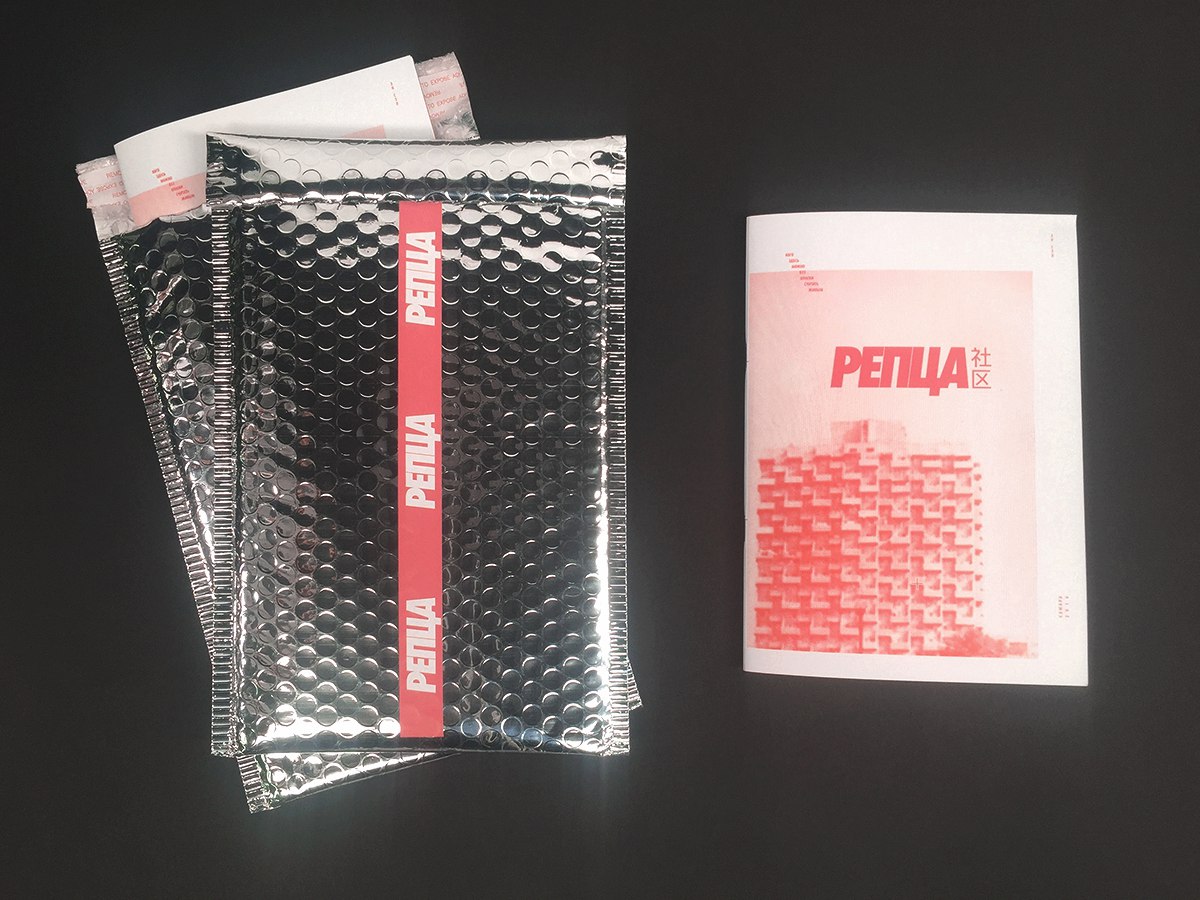
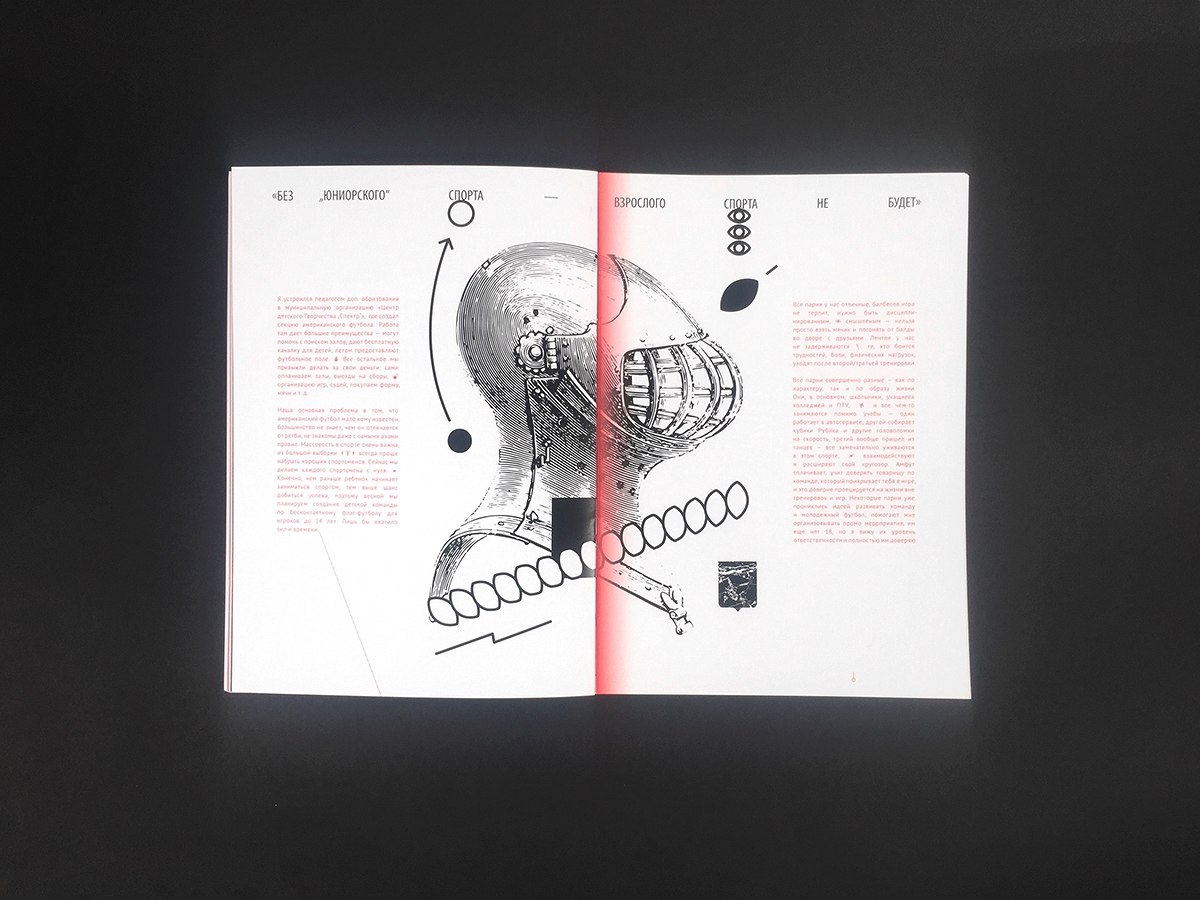
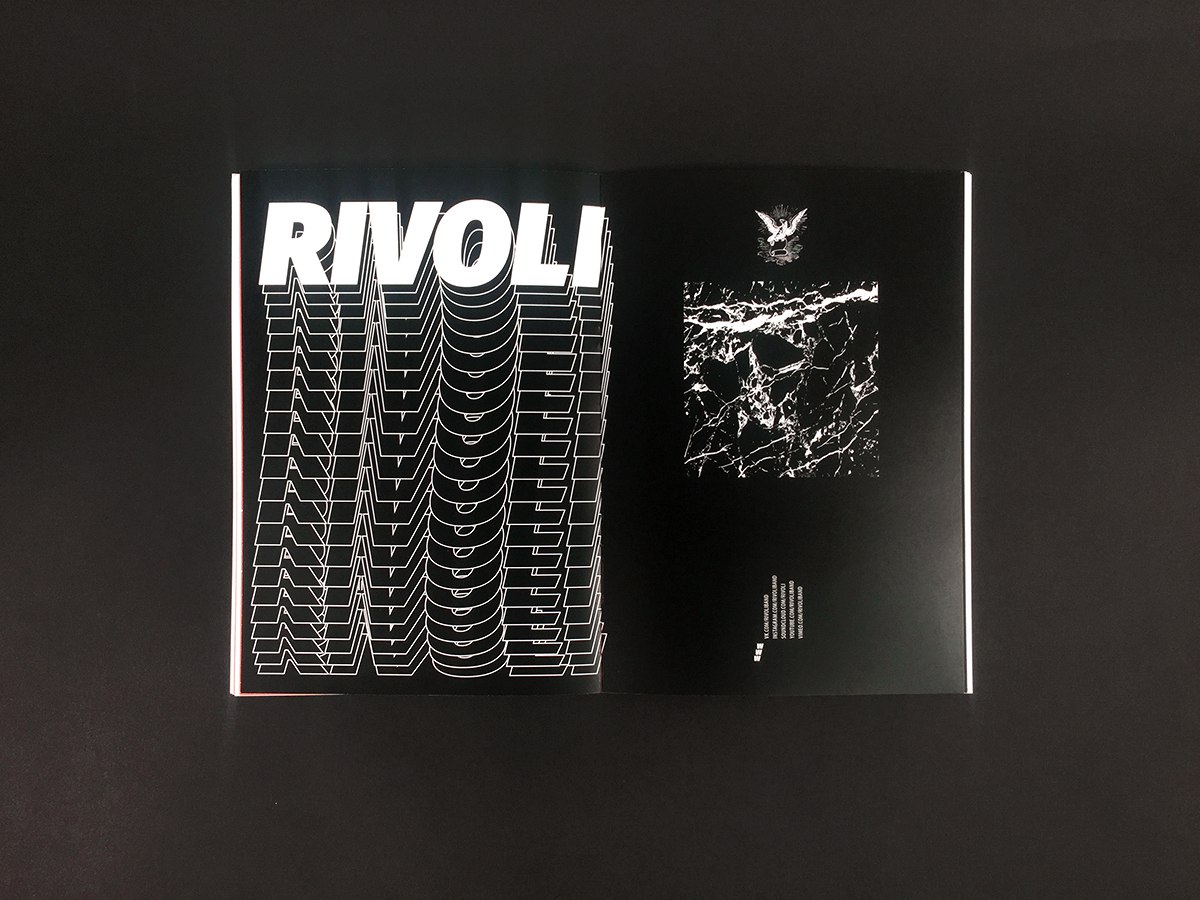
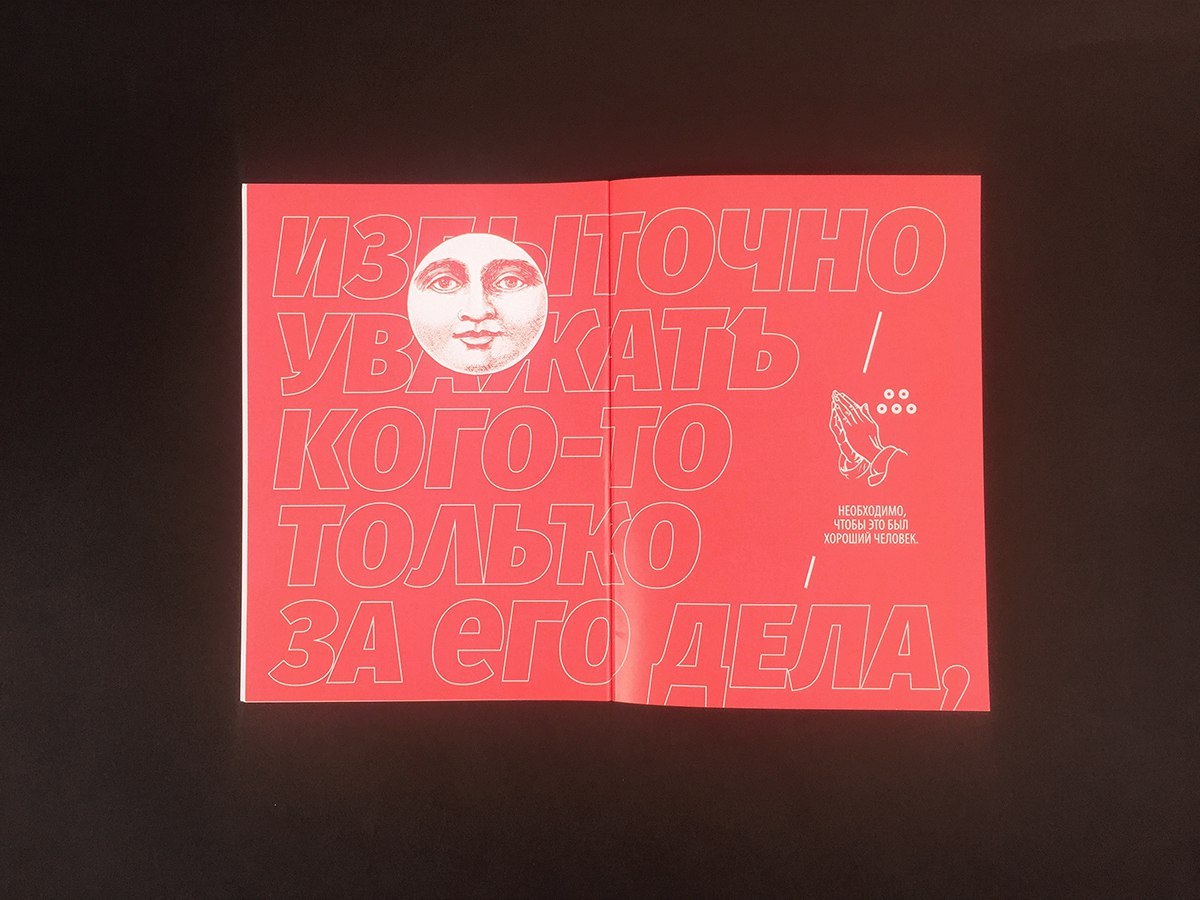
.jpg)
.jpg)
.jpg)
.jpg)

